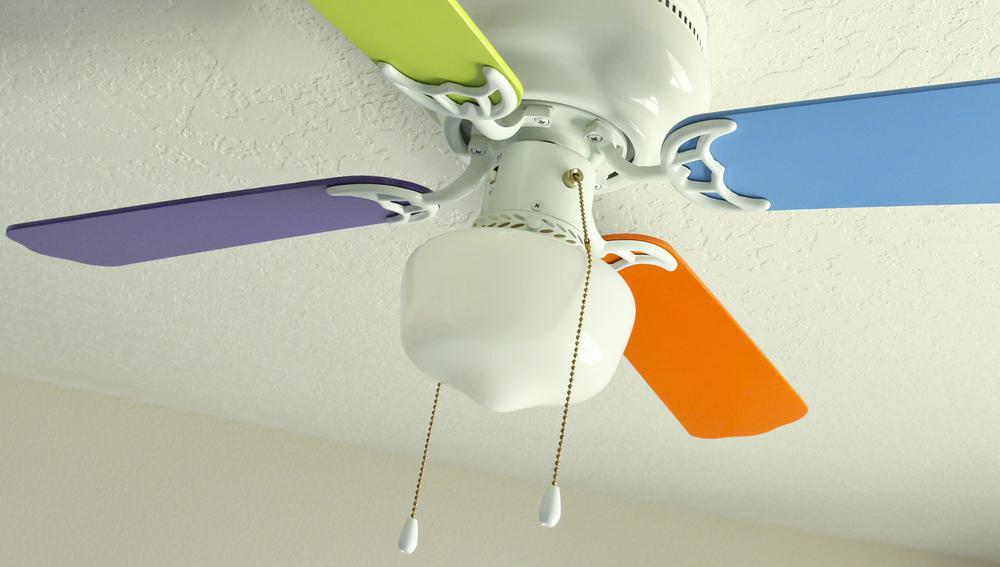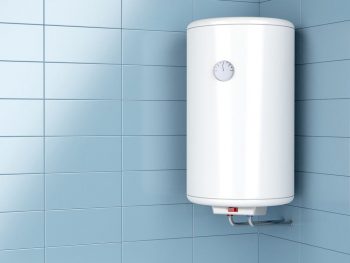
Ceiling fans have been a staple in homes for decades, offering a cost-effective and energy-efficient means of cooling and heating rooms. But how effective are ceiling fans really? This comprehensive guide will delve into the various aspects that determine their effectiveness, provide examples and reference points to enhance your understanding of the topic, and offer multiple solutions to optimize their efficiency.
Ceiling fans are highly effective in maintaining the comfort of a room by creating a wind chill effect through air circulation. Several factors determine their efficiency, including blade pitch, size, shape, RPM, and motor quality. They are energy-efficient compared to other cooling systems and can be used all year round by adjusting the direction of rotation according to the season. When chosen and used correctly, ceiling fans can significantly enhance your home’s comfort while saving on energy costs.
The Function of Ceiling Fans
The primary function of a ceiling fan is to improve the comfort of a room by creating a wind chill effect via air circulation. This is achieved through a process called evaporative cooling, where the fan circulates air around the room, facilitating the evaporation of sweat from our skin, making us feel cooler. Ceiling fans are remarkably efficient in maintaining thermal comfort in a room, especially when used in conjunction with air conditioning or natural ventilation.
Factors Determining Ceiling Fan Efficiency
Several factors determine the efficiency of a ceiling fan. These include the blade pitch, shape and size of the blade, RPM (Revolutions Per Minute), height from the ceiling, motor, blade material, fan size, airflow efficiency, Energy Star Approval, and design. Here is a comprehensive guide on each of these factors and how they impact the performance of your ceiling fan.
Choosing an Efficient Ceiling Fan
When choosing an efficient ceiling fan, consider features such as energy efficiency, airflow and blade shape, size, motor quality, installation requirements, wet/damp rating, lighting, style and finish, and warranty. For instance, fans with the Energy Star label are 60% more efficient than those without the label. They can help you save on air conditioning costs by making you feel up to 4° F cooler, enabling you to set your thermostat higher.
Ceiling Fans vs. Other Cooling Systems
Compared to other cooling systems like air conditioners, ceiling fans are more energy-efficient. A typical ceiling fan uses about 99% less energy than a central air conditioning unit. They do not actually cool the air but create a wind-chill effect, making it easier for sweat to evaporate from your skin, thus eliminating body heat and making you feel cooler.
The Impact of Room Size and Layout on Fan Performance
The size and layout of a room can significantly affect the performance of a ceiling fan. For optimal circulation, the bottom of the fan should be at least 7 feet off the floor; 8 to 9 feet allows for optimal circulation. The more space between the ceiling and the blades, the better for airflow and circulation.
The Role of Blade Number and Material
The number of blades on a ceiling fan affects its performance, noise level, and aesthetics. Contrary to popular belief, more blades do not necessarily mean better air circulation. In fact, industrial fans, like wind turbines, usually have only two or three blades because fewer blades put less pressure on the motor, allowing it to move more air.
Using Ceiling Fans Efficiently in Different Seasons
A ceiling fan can be used efficiently in different seasons by adjusting the direction of its rotation. During the summer months, your ceiling fan blades should be set to spin counterclockwise. In the winter, your ceiling fan should be spinning clockwise at a low speed.
By adjusting the direction of your ceiling fan according to the season, you can enhance your comfort and save on energy costs. For more information on how to adjust the direction of your ceiling fan, check out this guide.
In conclusion, ceiling fans are an effective, cost-efficient, and energy-saving solution for maintaining comfort in your home. Their effectiveness can be optimized by considering factors such as room size and layout, fan size, blade shape and pitch, and motor performance. They can be used all year round, adjusting the direction of rotation according to the season. So, if you’re looking for an energy-efficient way to keep your home comfortable, a ceiling fan could be a perfect choice.
Frequently Asked Questions
What is the optimal size of a ceiling fan for my room?
The optimal size of a ceiling fan for your room depends on the size of the room. For smaller rooms (up to 75 square feet), a fan with a diameter of 36 inches or less would be suitable. For medium-sized rooms (up to 144 square feet), a fan with a diameter of 36 to 42 inches would work well. Large rooms (up to 225 square feet) require a fan of 50 to 54 inches in diameter.
Can I install a ceiling fan by myself?
While it’s technically possible to install a ceiling fan by yourself, it’s recommended to hire a professional, especially if you’re not familiar with electrical work. Installing a ceiling fan involves dealing with electricity and heavy lifting, which can be dangerous if not done correctly.
Does the color of the ceiling fan affect its performance?
The color of the ceiling fan does not affect its performance but it can impact the aesthetics of your room. It’s best to choose a color that matches the decor of your room.
How often should I clean my ceiling fan?
It’s recommended to clean your ceiling fan at least once every season. Dust can accumulate on the blades and other parts of the fan, which can reduce its efficiency and potentially cause it to malfunction.
Can ceiling fans be used outdoors?
Yes, but make sure the ceiling fan you choose is rated for outdoor use. Outdoor ceiling fans are specially designed to withstand the elements, including moisture and high temperatures.












